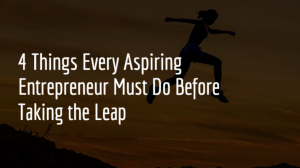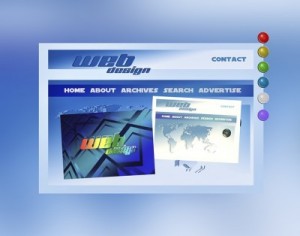— February 8, 2018
I sat there in my chair chuckling to myself as my 16-year-old daughter sighed, grumbled, and rolled her eyes continually. She had now been on hold for two whole minutes with the company that she had bought her newest shoes from. One minute later, she FINALLY gets to talk to someone. They resolve her issues within a few minutes and she hangs up, looks and me and then begins to rant about how long she had to wait. She couldn’t believe that she was able to buy the shoes on the app in 20 seconds, but it took her almost 10 whole minutes to work out a return of said shoes. “How unbelievable is that dad?” she asks. “How can they stay in business when they make it so hard to get customer service?” I try to gently, and in a teachable way, help her understand it was actually very impressive that she only had to wait a few minutes before the issue was completely resolved and she was satisfied with the outcome. I try to explain that many other companies would not have been so willing to help or able to accommodate her desire for a different size or color. In the end, she just sighs and looks at me and says, “Well, I shouldn’t have to wait that long.”
Ultimately, I have failed my child in helping her gain realistic expectations. However, I don’t want to take all the blame, naturally. So, what has happened to cause such expectations in today’s world? I am of the age that I remember having to go to the one phone in the house, pick it up and turn the rotary numbers and wait as it connected. Then, if it connected and you got a busy signal, you simply hung up and tried later. That world is gone! We live in an instant gratification society. If I can’t get what I want, right now, then it’s not worth it or worse yet – if I can’t get it now, then it’s a poor customer experience. So how do I change the scenario for myself and my future consumers (my children)?
The One-Click Scenario
By now you’ve all heard about the unfortunate debacle from Hawaii’s Emergency Management Agency and their alert sent to mobile phones earlier this year. The alert caused widespread panic, stress and of course, multiple black eyes to many different agencies involved. So, what was the real problem? Was it the alert itself? Was it the panic it caused? Or, was it how long it took the proper authorities to respond and correct the situation?
One click of a button sent a notification to hundreds of thousands, if not millions, of phones. ONE CLICK – that’s it! However, the corrective action took over 40 minutes, hundreds of government employees, dozens of elected officials, many technical employees, and ultimately an official press release to resolve. One simple click caused how many lost hours of productivity and who knows how many lost dollars. No one took into account the repercussions of such an effective notification system. Let’s be honest here, the notification of the supposed incoming missile was genius. Extremely quick, clearly communicated, excellent execution and timing from the design and alerting system. Everyone wishes they had a system that was that effective; a one-click system would change the world of CX right?
The Non-Exploding Missile Scenario
The real issue in CX isn’t always the ease in which your customer can purchase, participate, use, or consume your product or service – that’s only part of it. Having a laser like focus on one or just a few aspects of the CX process, for example delivery and product, can often lead to the CX missile “missing its mark”. Many of us forget that the missile isn’t always going to hit its target and ultimately explode. Take for example my daughter, she had such a great experience buying the shoes, she expected the same great experience in returning and replacing the shoes. Her expectations had been set by a “one-click” purchase and was now experiencing the stress of the incoming missile and false alarm produced by returning the shoes.
Today’s consumers expect instant, automatic, and correct results – every time. Don’t believe me? Go read reviews for your last purchase and I am willing to bet that there are some negative reviews on there about time to delivery, quality, or the return process, etc. We have turned ourselves and future generations into savvy and high-standard consumers. We want it now and we want it for cheap and only the best quality. Too much focus on the front-end delivery will lead to a failed satisfaction. Today’s CX standards are more than just a notification that the missile COULD be inbound. We expect to know where exactly it’s going to impact, when it’s going to hit, how big it is, and we expect to be told immediately if it’s not going to happen.
So, what is the solution?
The answers are easy – if you provide a ‘one-click’ process, it better be a complete process. You better be able to provide that complete level of satisfaction in every scenario. Whether it’s an incoming missile or an upset teenager, you better be able to solve and notify the consumer effectively, timely, and accurately…. or your missile will miss the mark and fail to explode!
Digital & Social Articles on Business 2 Community
(42)
Report Post

